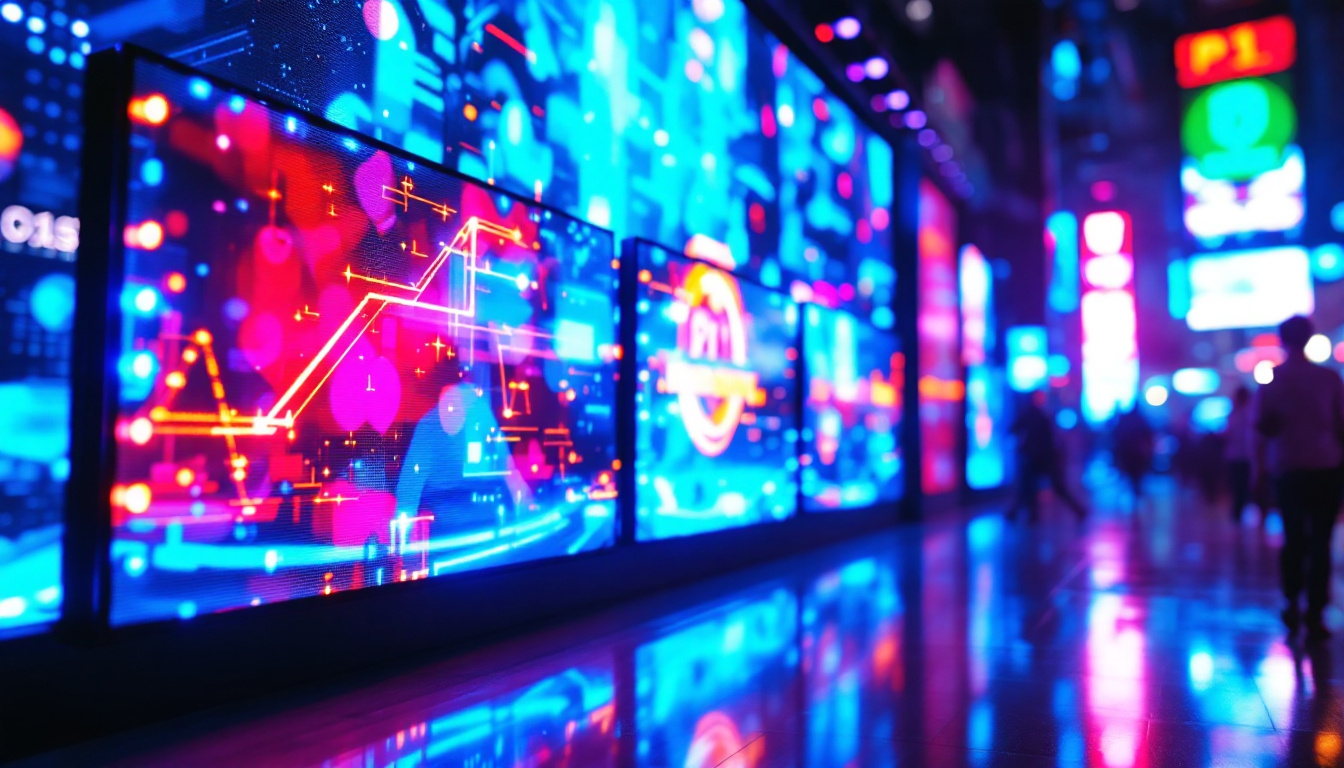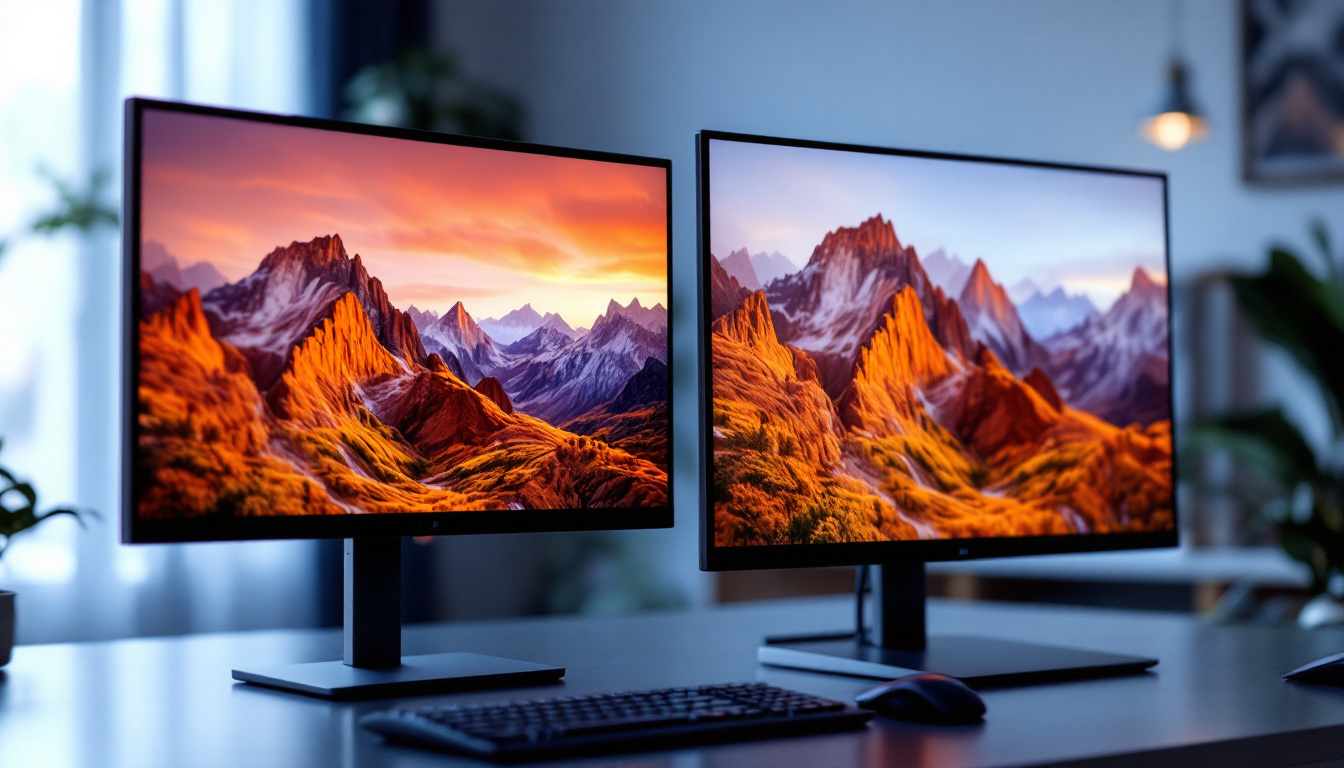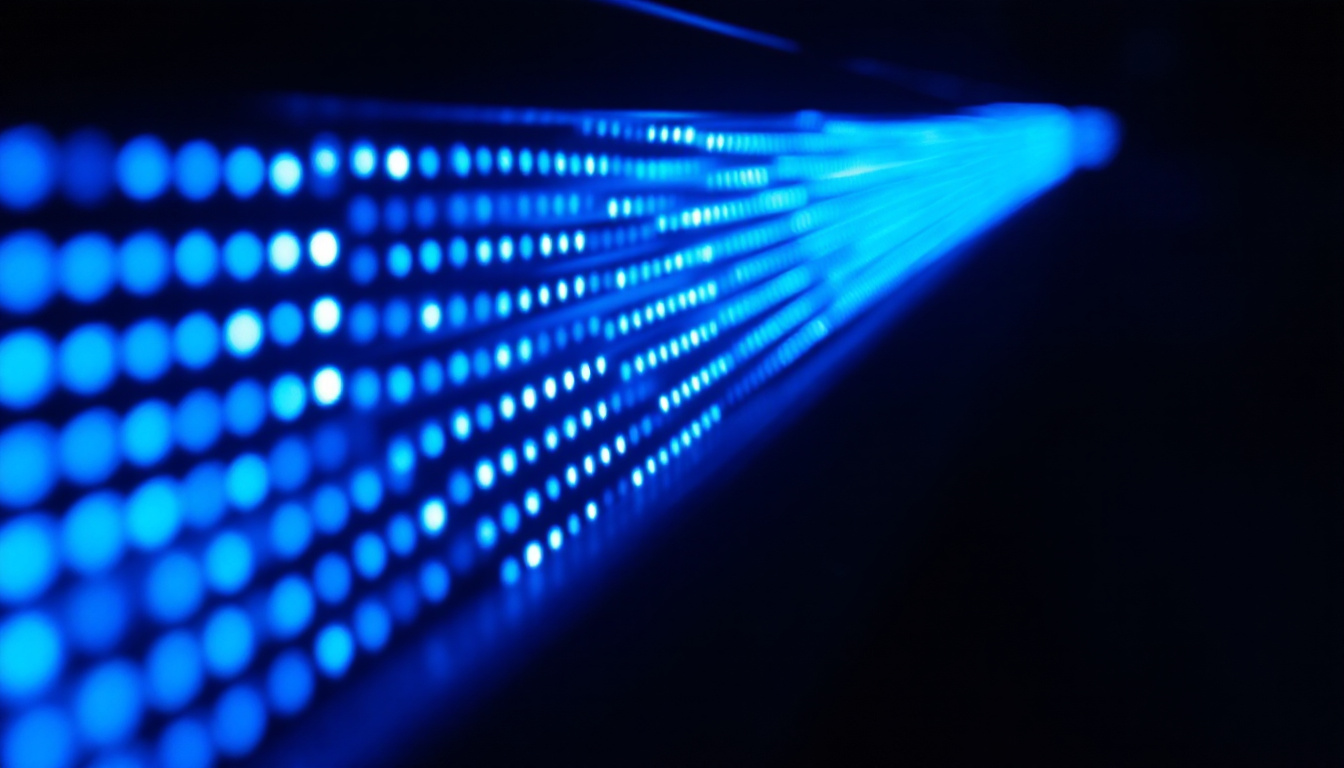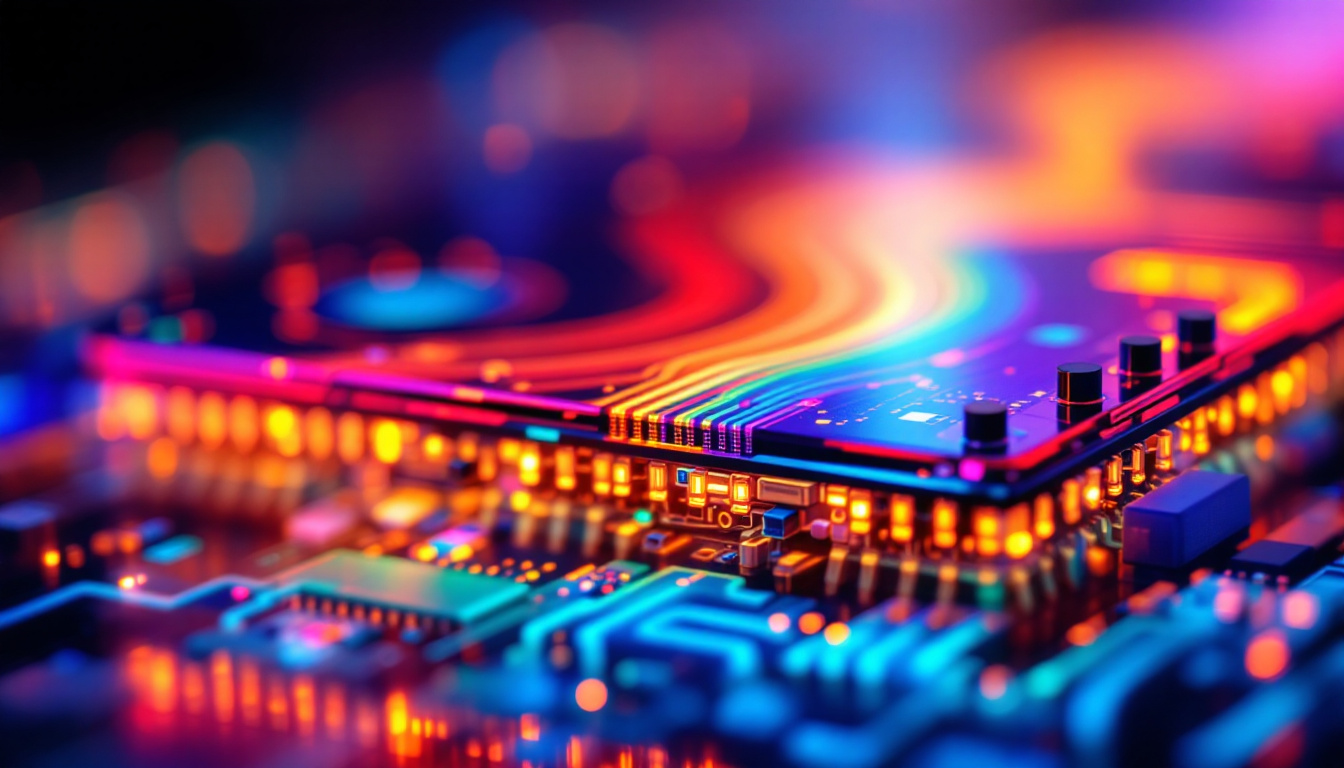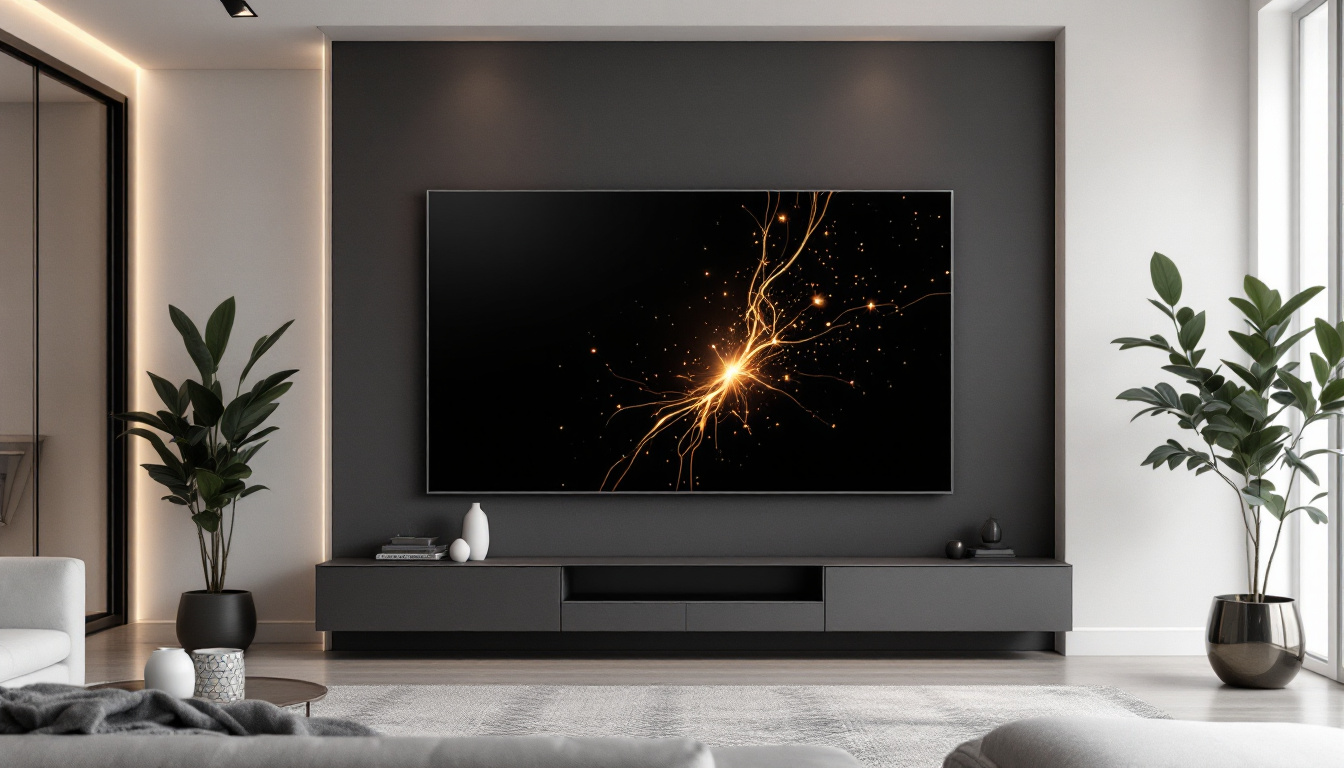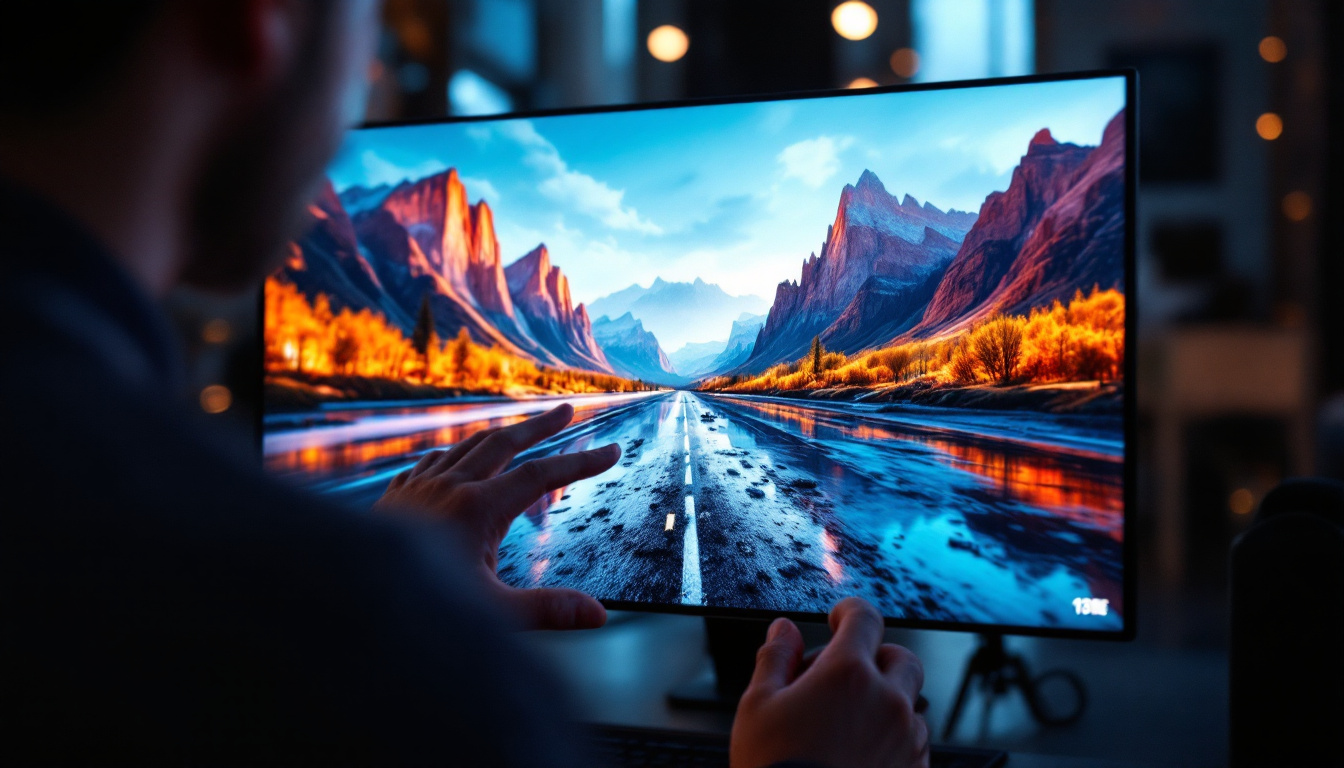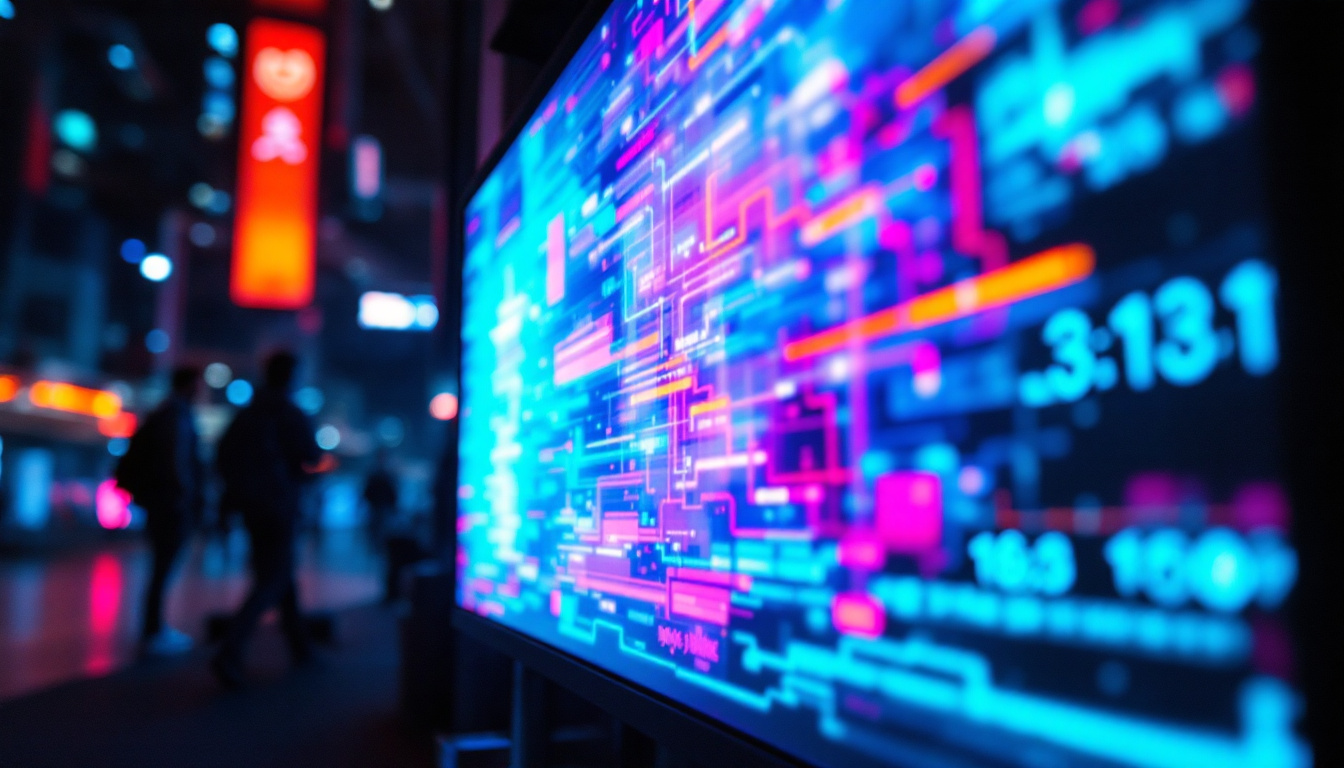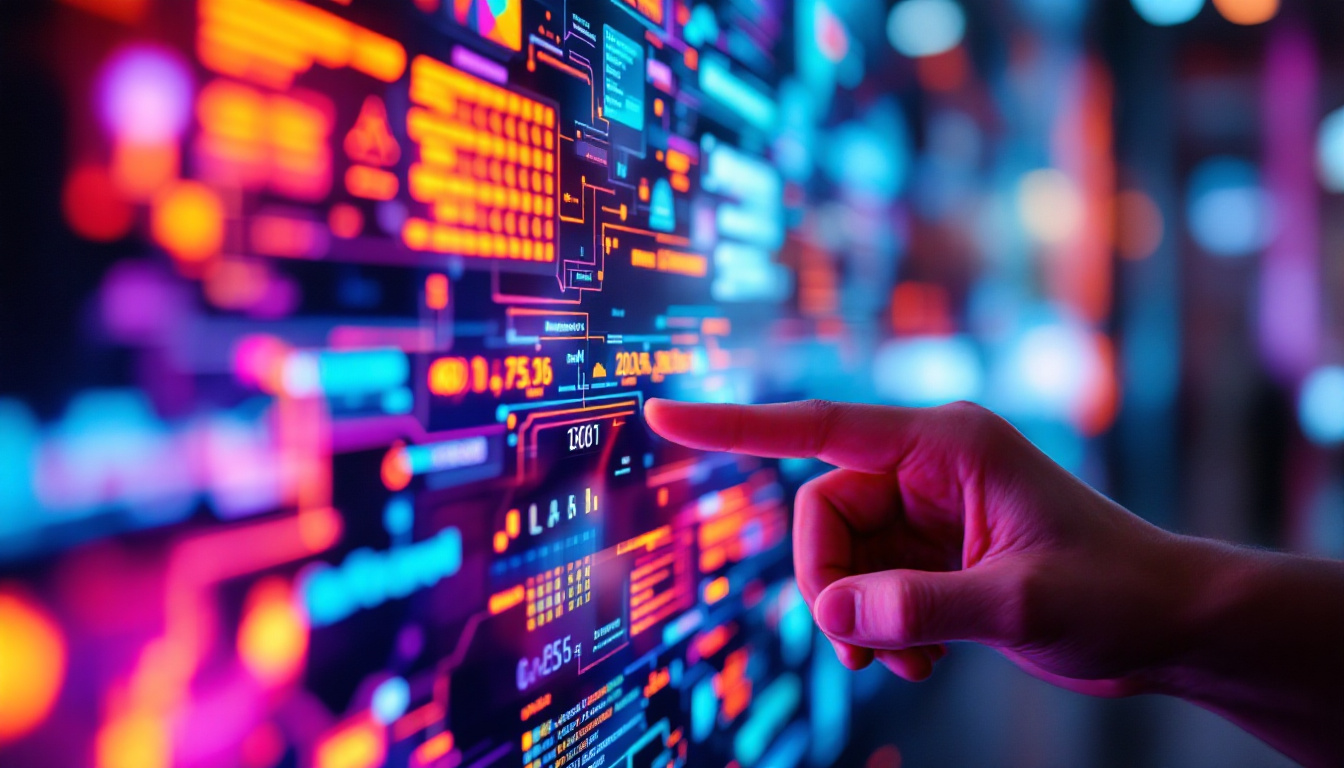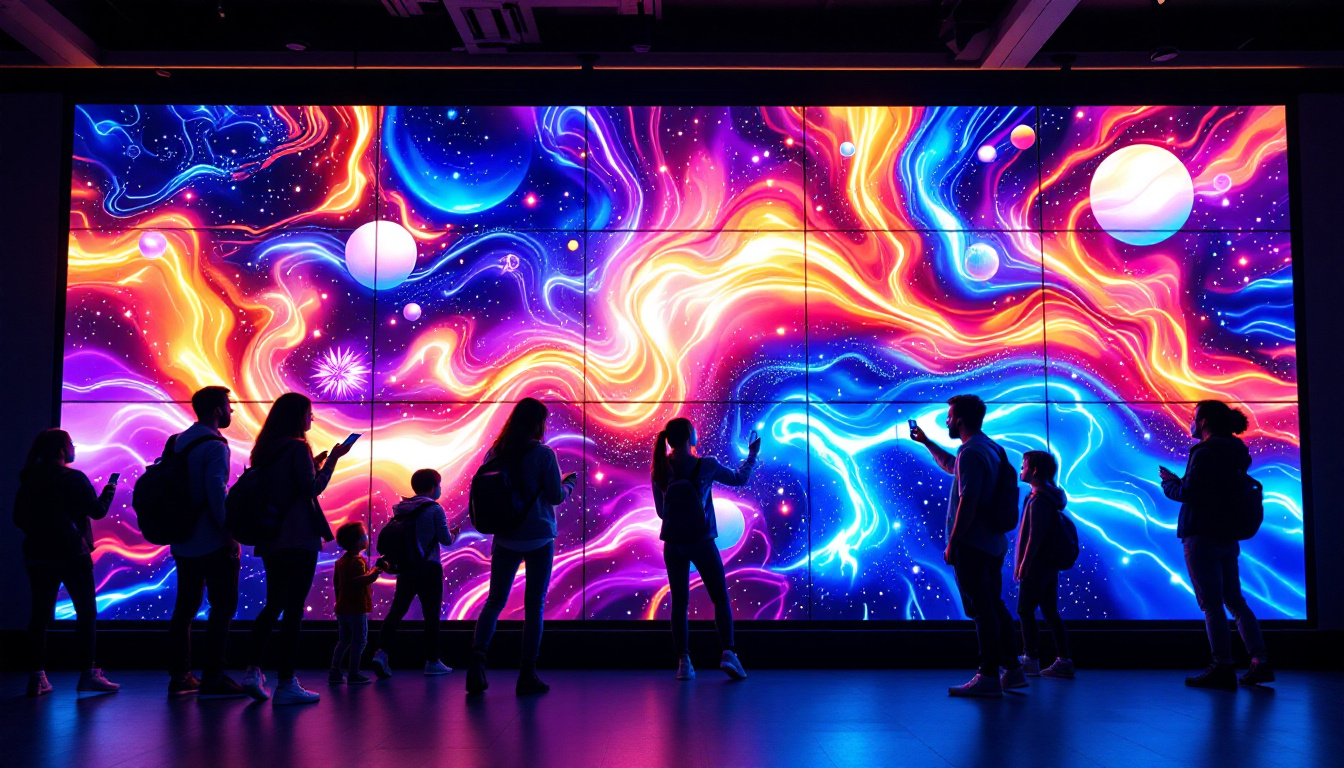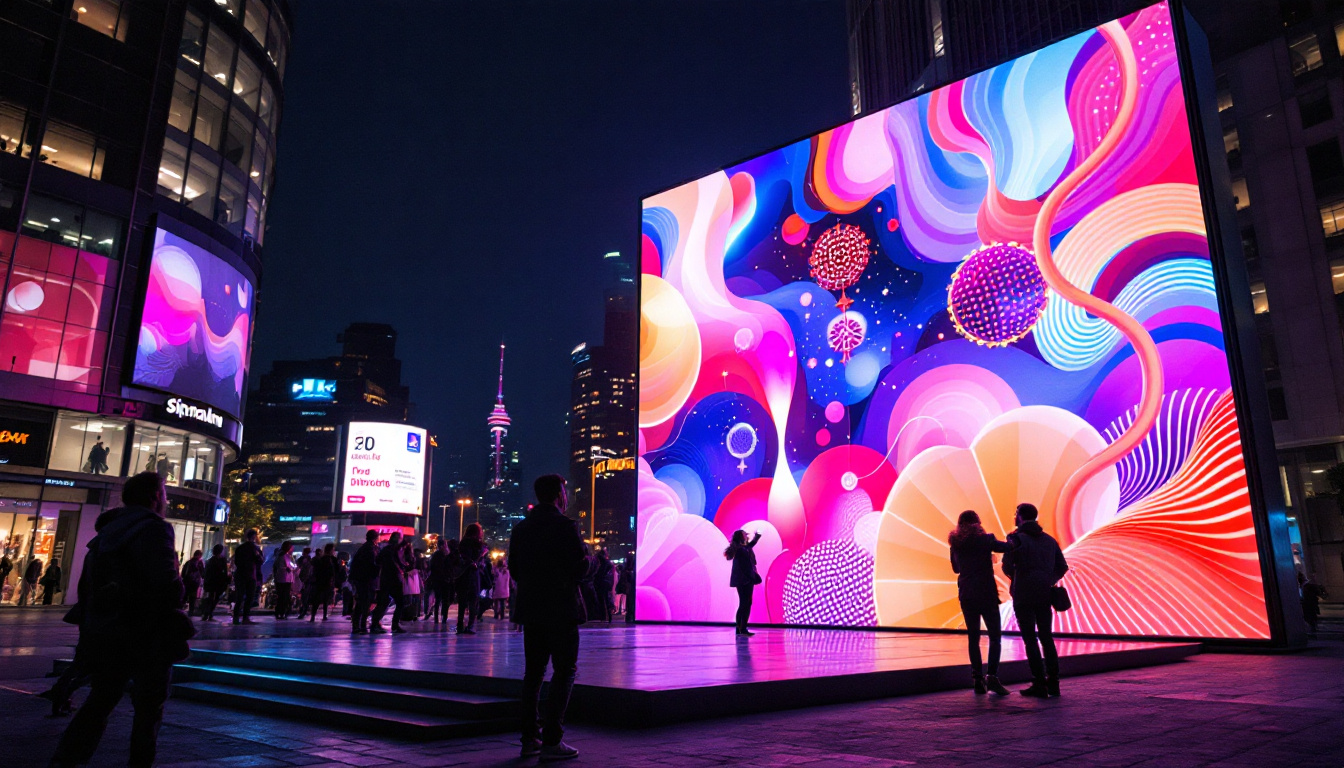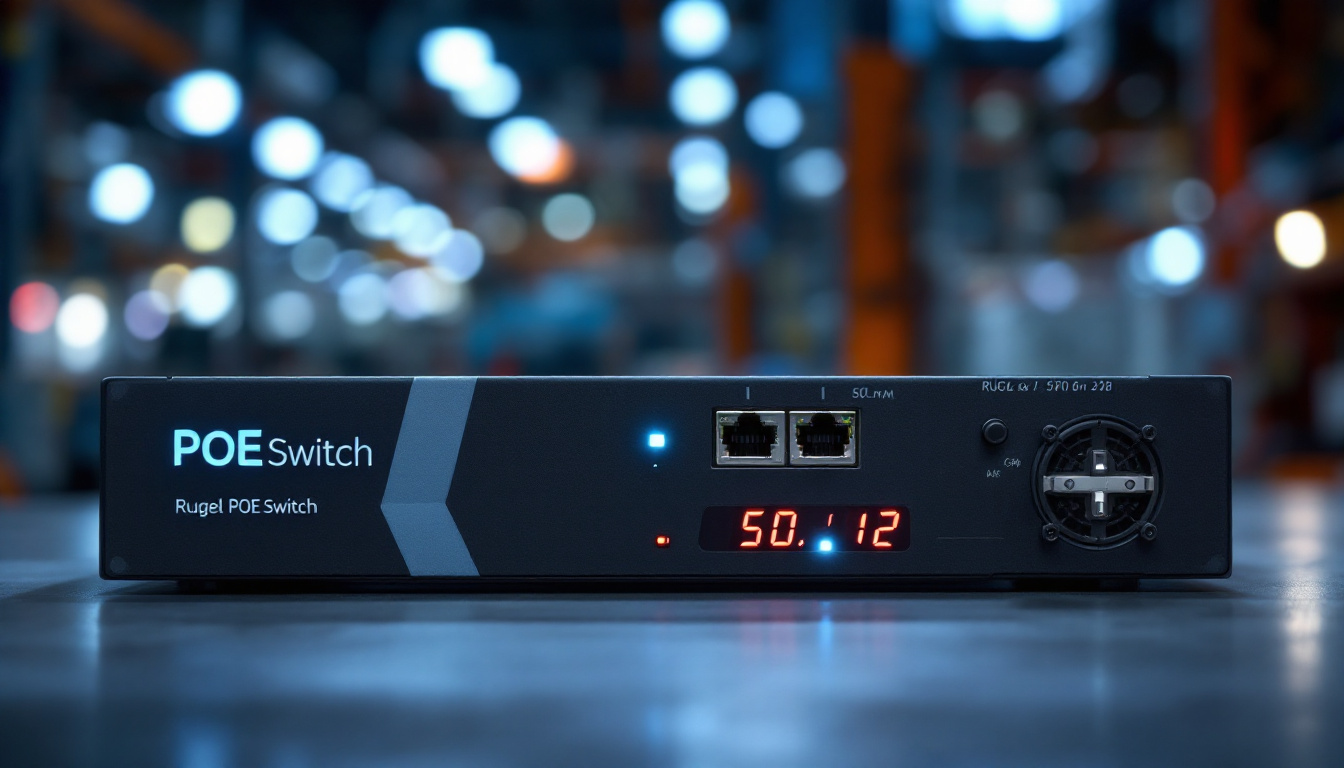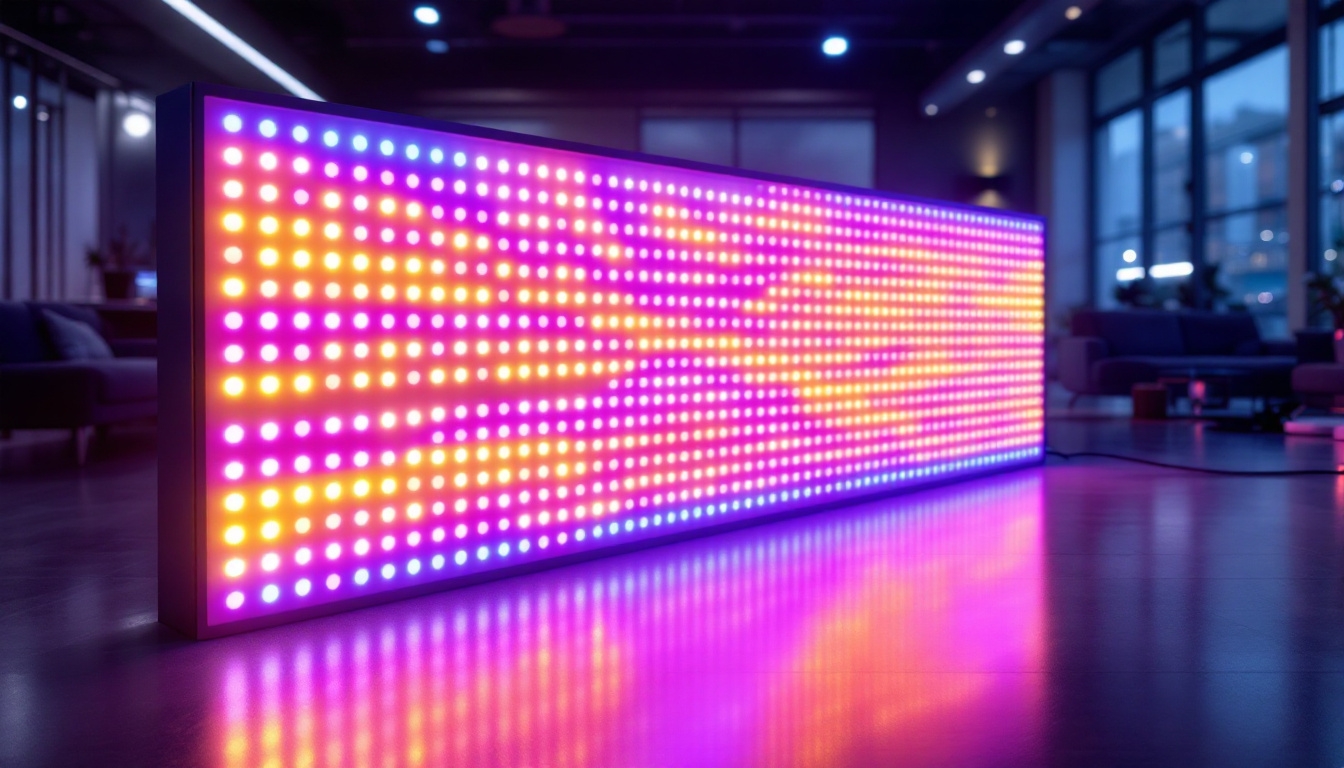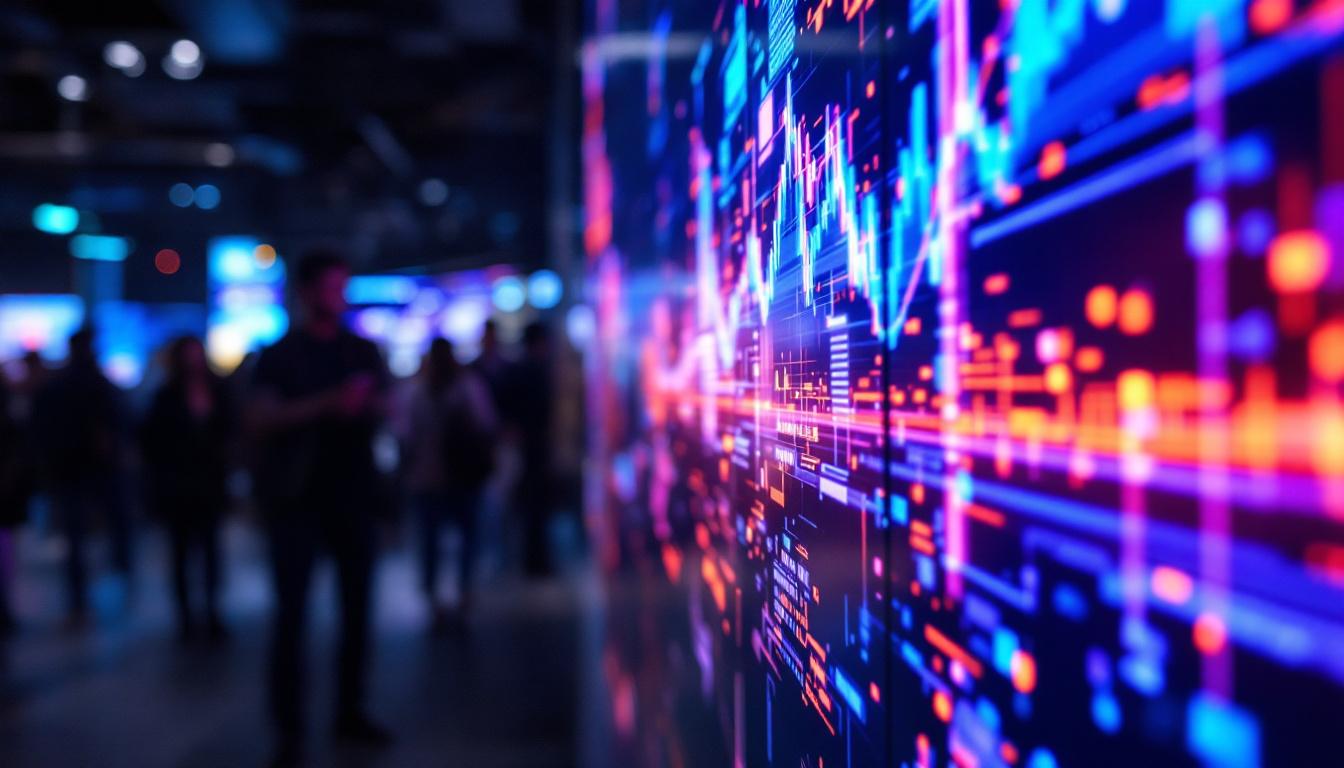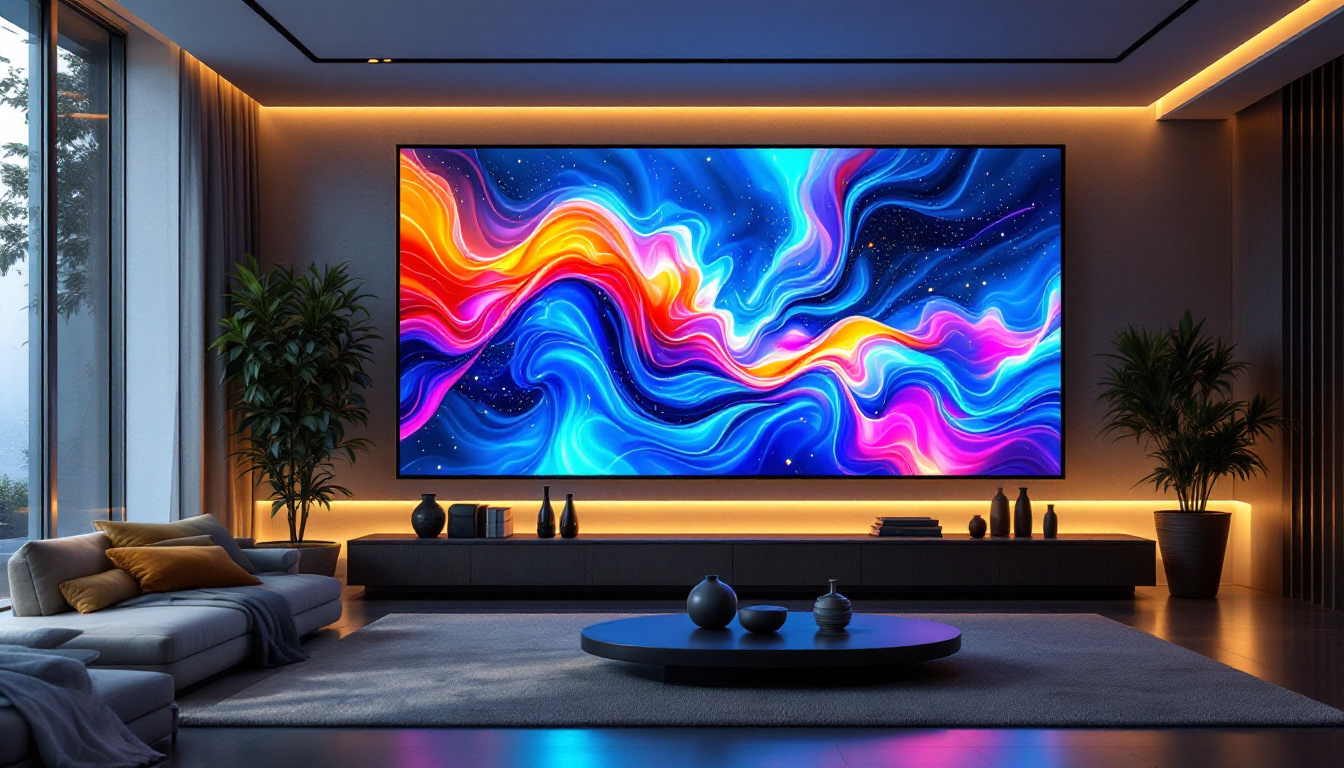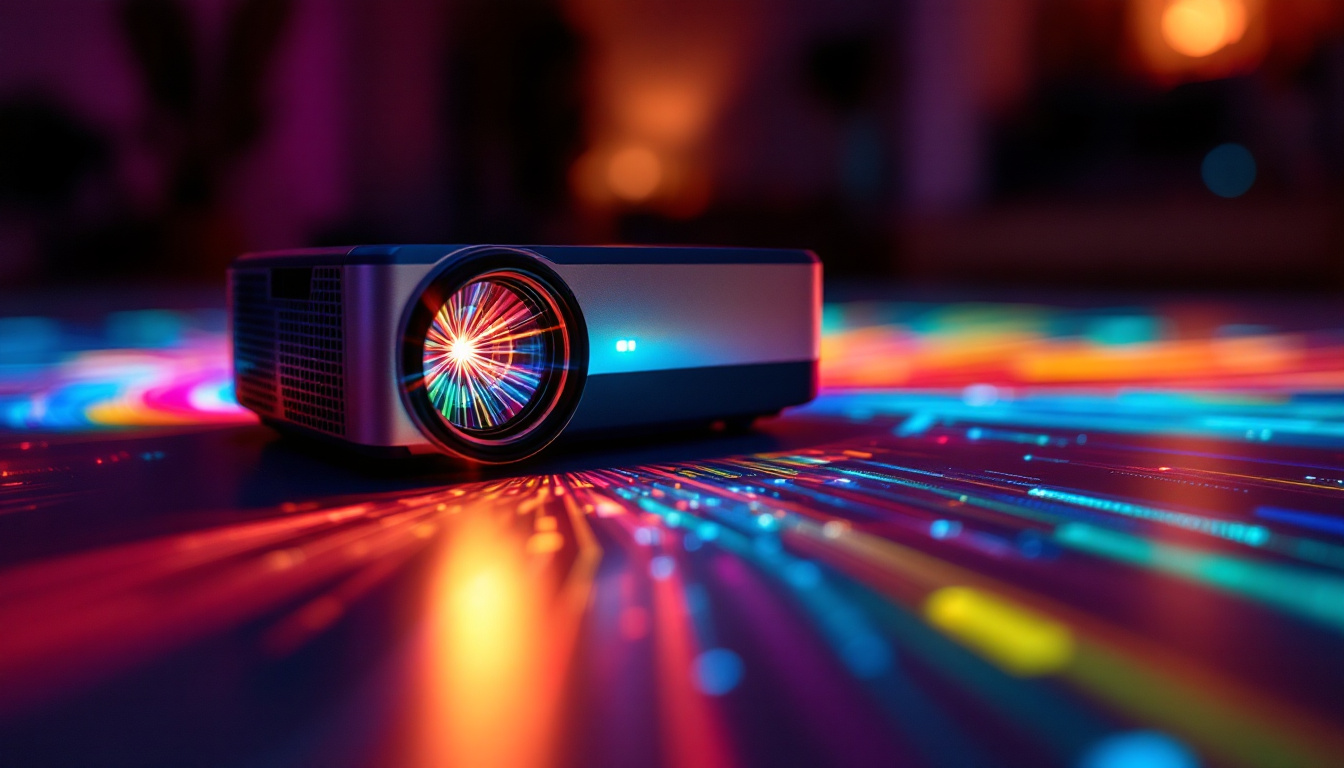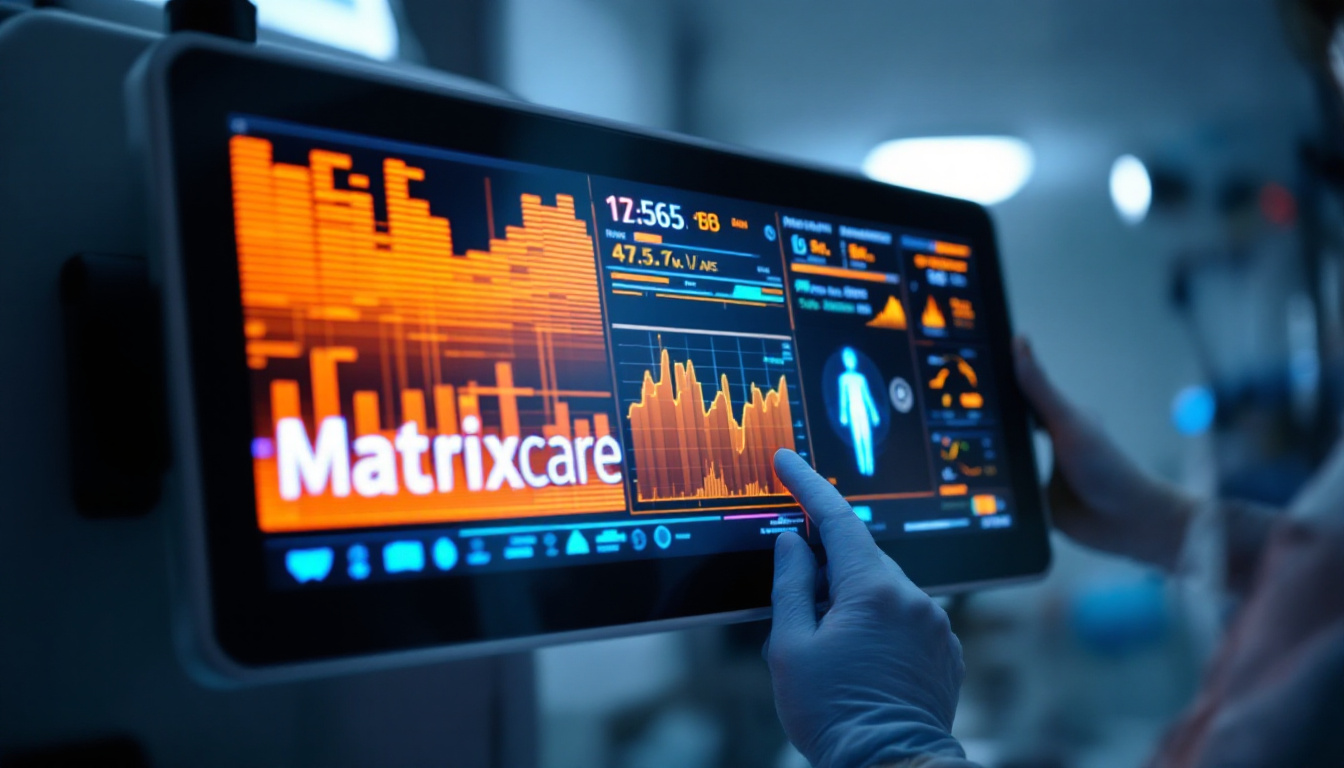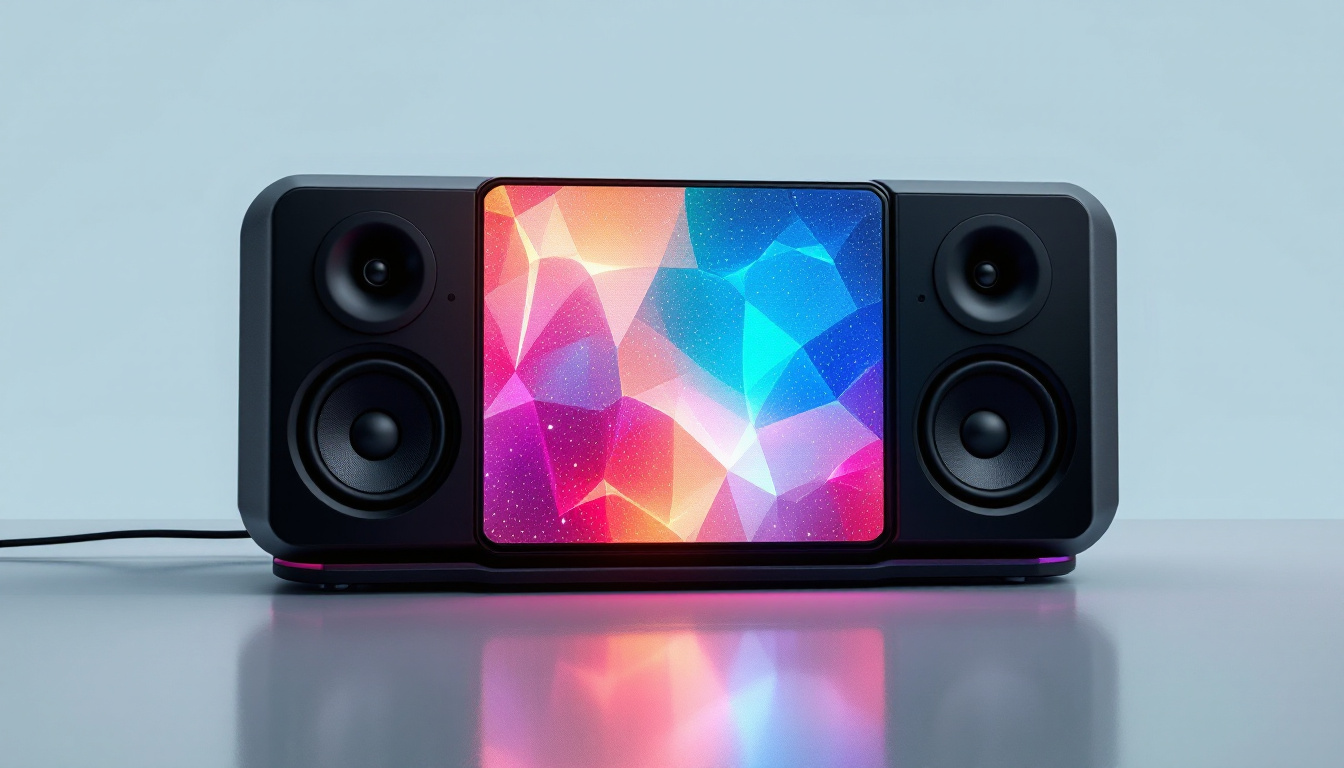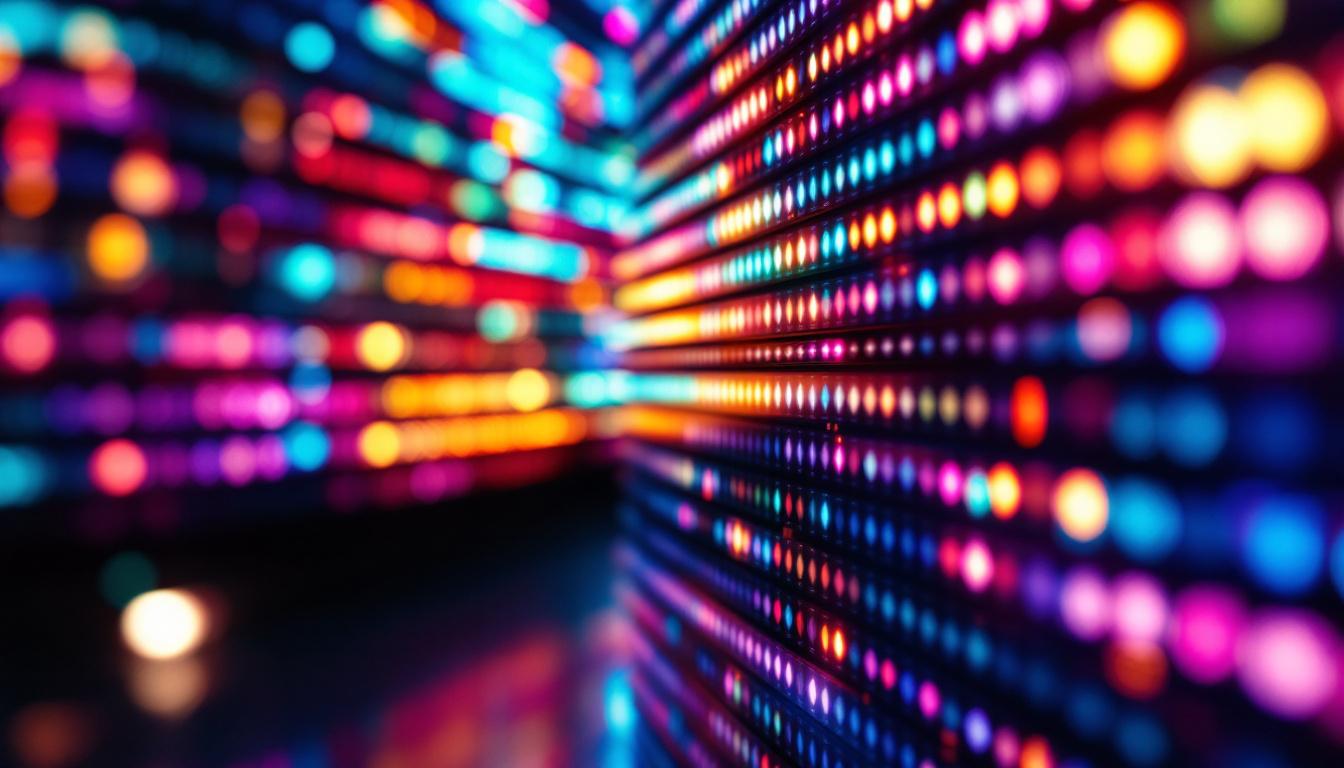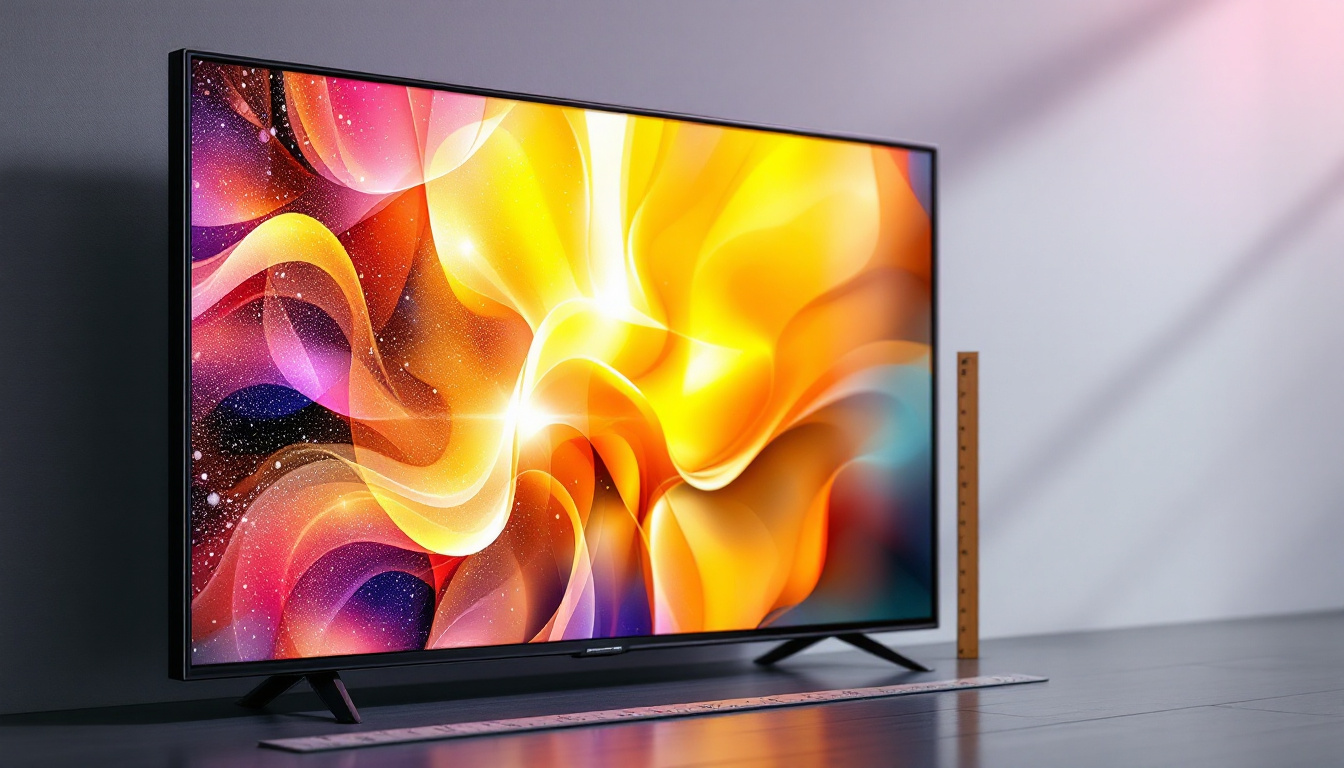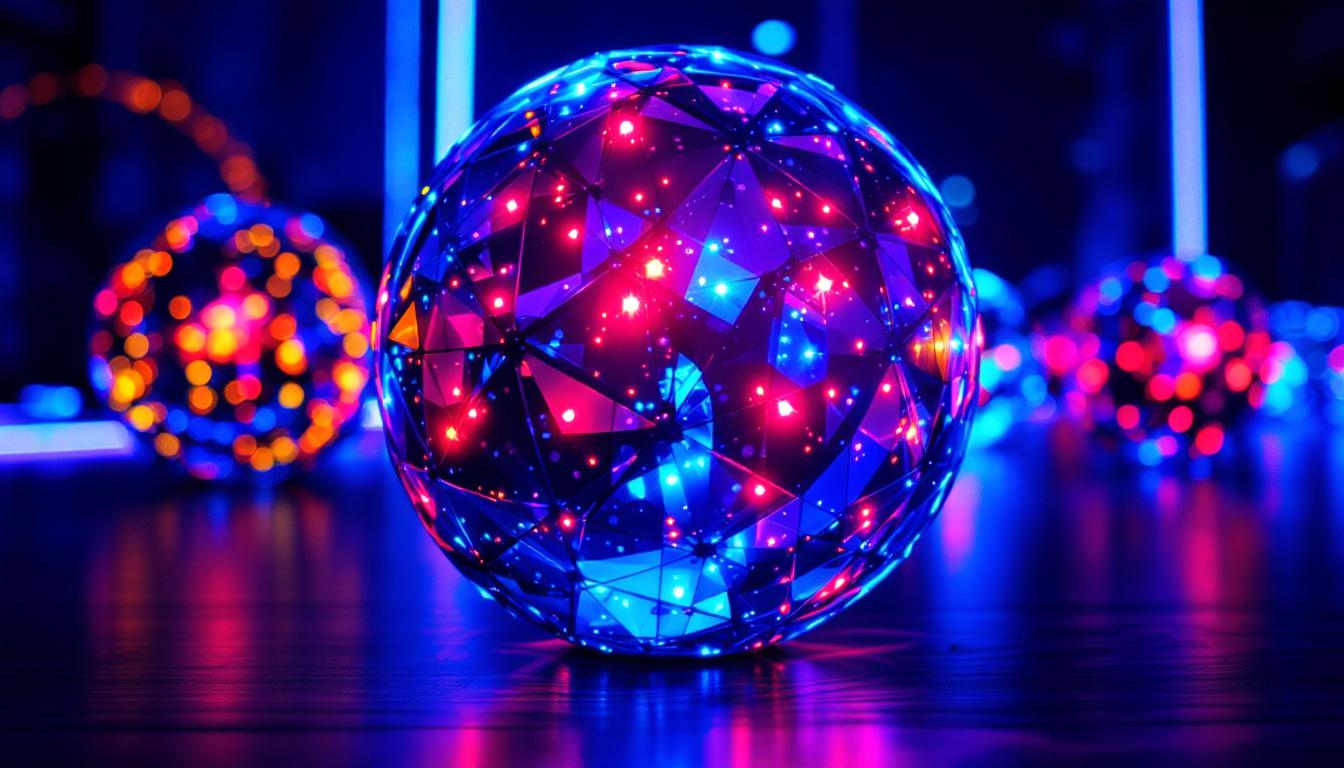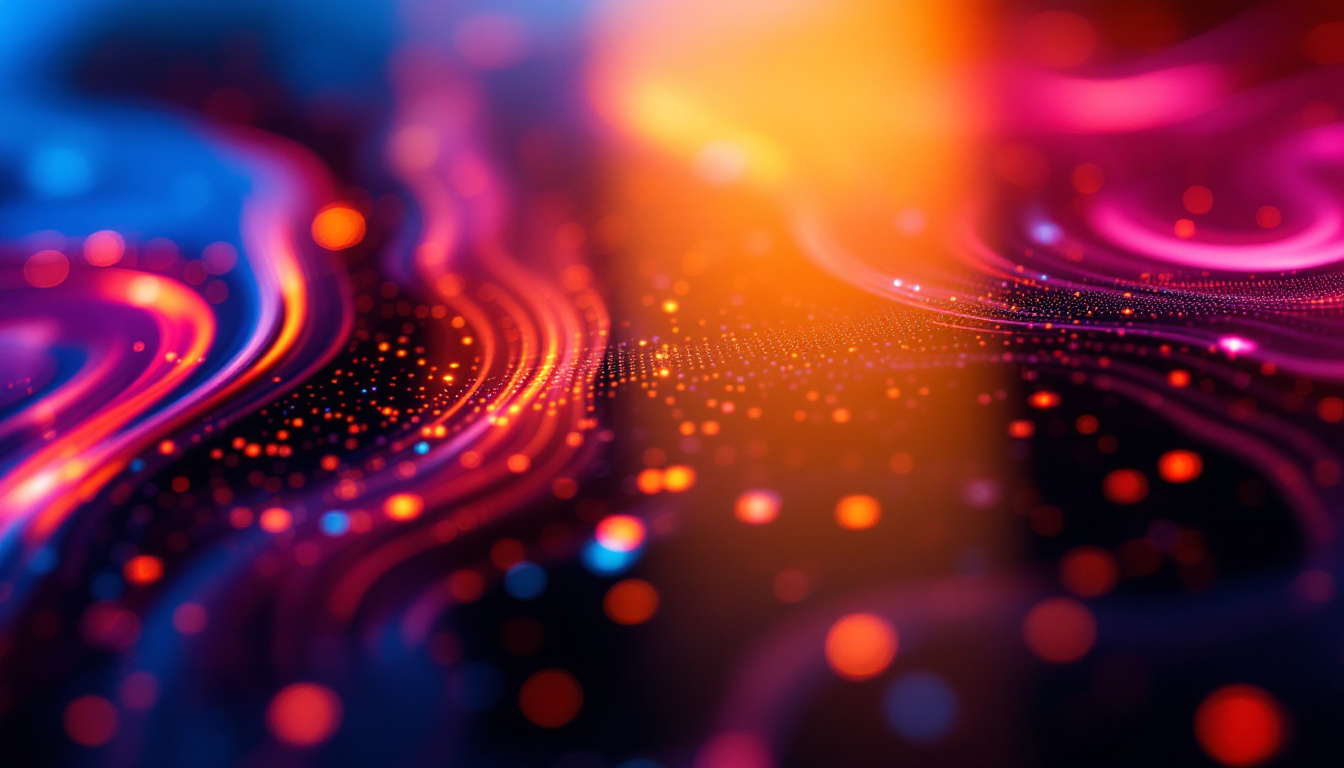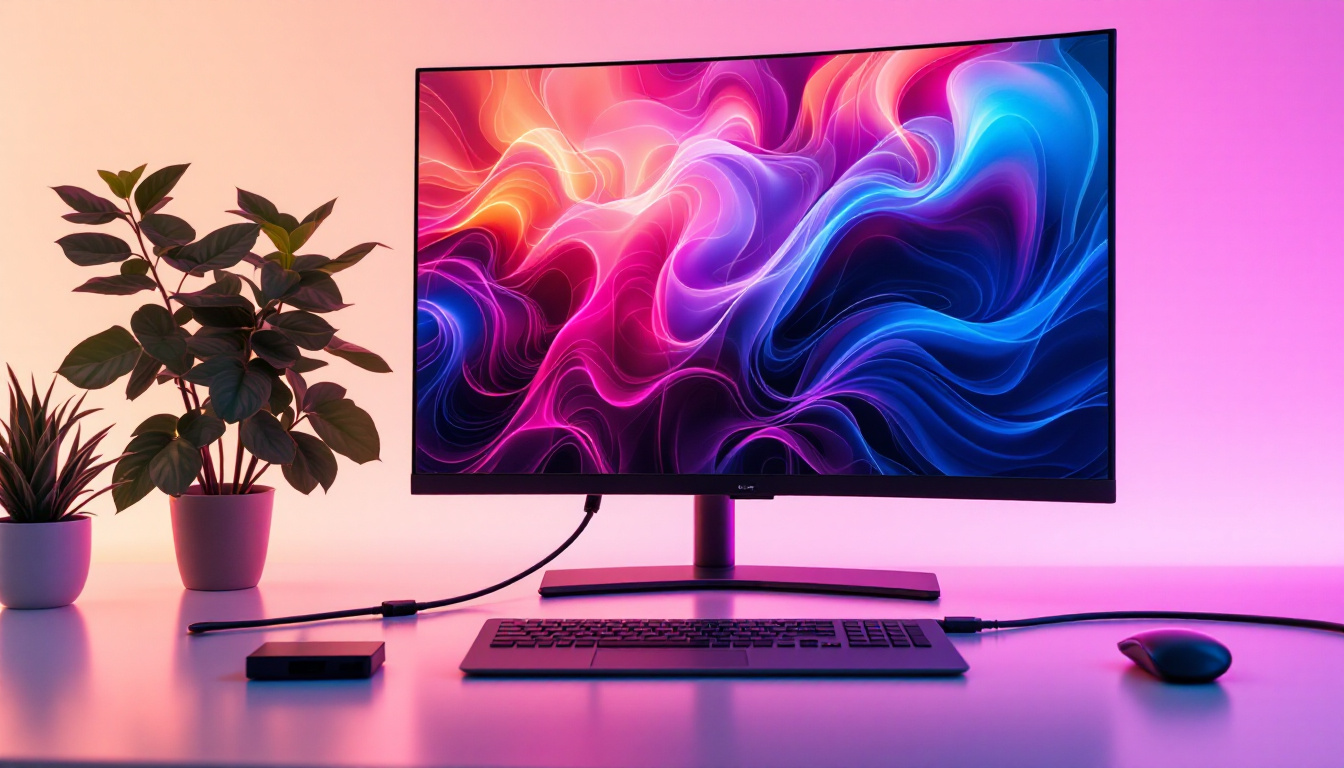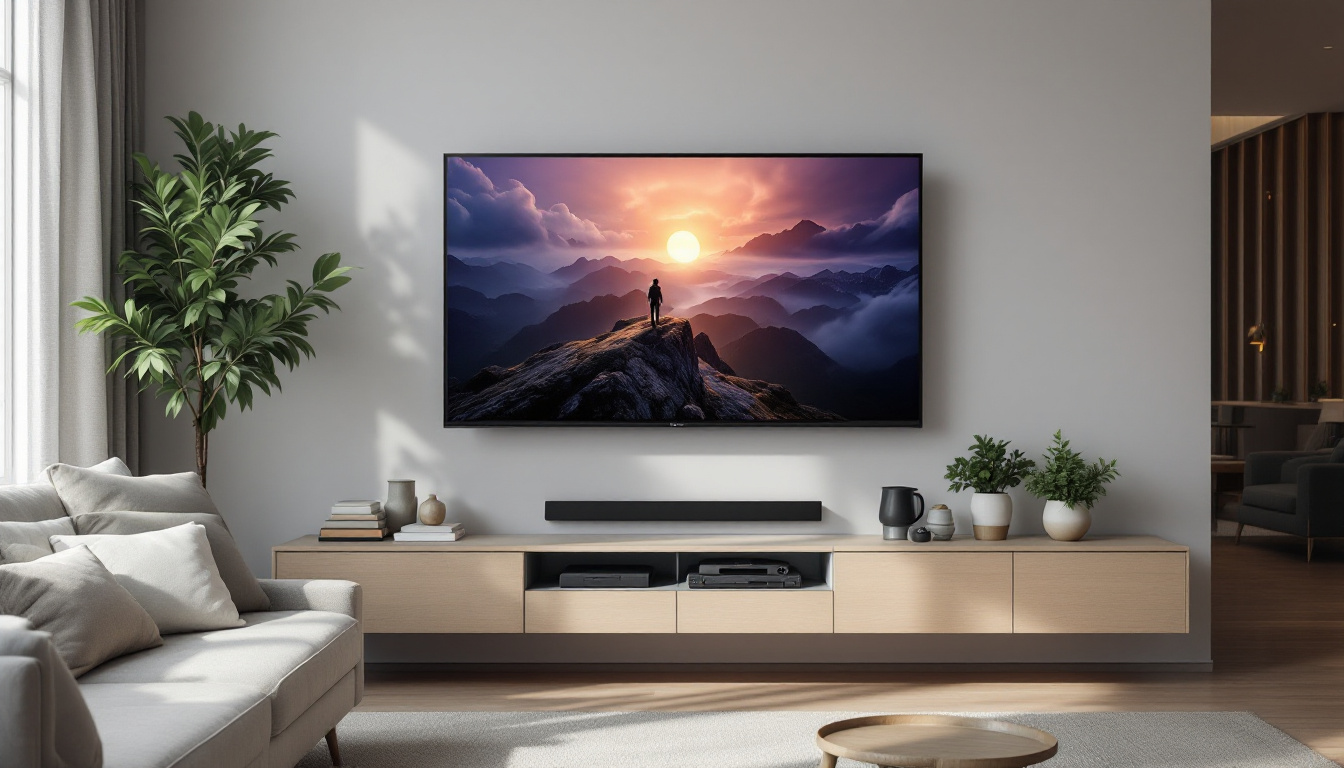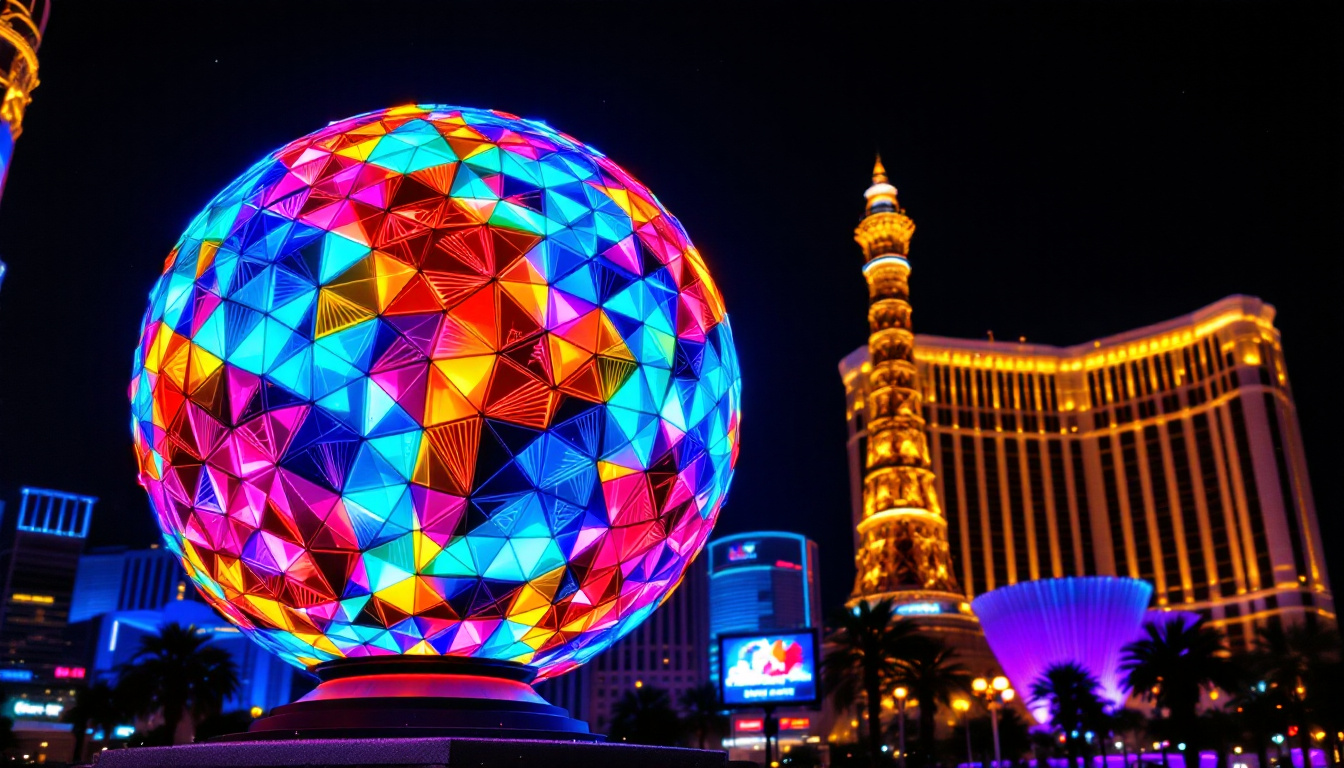In the rapidly evolving world of technology, LED displays have emerged as a dominant force in various applications, ranging from advertising to event staging. P1 Design, a leader in the LED display industry, has made significant strides in enhancing the quality and versatility of these displays. This article delves into the intricacies of LED displays, their components, applications, and the innovative solutions offered by P1 Design.
Understanding LED Technology
Light Emitting Diodes (LEDs) are semiconductor devices that emit light when an electric current passes through them. This technology has revolutionized the way displays are designed and utilized. Unlike traditional display technologies, LEDs offer a range of advantages, including energy efficiency, longer lifespan, and superior brightness. As a result, they have become the preferred choice for a variety of applications, from household lighting to large-scale digital billboards.
Furthermore, the environmental impact of LED technology is noteworthy. LEDs consume significantly less power compared to incandescent and fluorescent lights, which translates to lower energy bills and reduced carbon footprints. Additionally, they contain no hazardous materials like mercury, making them a more sustainable option for consumers and businesses alike. The shift towards LED technology is not just a trend; it represents a broader commitment to energy conservation and environmental stewardship.
The Basics of LED Functionality
At the core of LED technology is the principle of electroluminescence. When electrons recombine with electron holes within the device, energy is released in the form of photons, producing light. The color of the emitted light is determined by the materials used in the semiconductor. By combining different colors of LEDs, manufacturers can create full-color displays that are vibrant and engaging. This versatility allows for a wide range of applications, from simple indicator lights to complex video screens that can display high-definition content.
Additionally, advancements in LED technology have led to the development of smart LEDs, which can be controlled remotely via smartphones and other devices. This innovation has opened up new possibilities for dynamic lighting solutions, enabling users to adjust brightness, color, and even patterns to suit their preferences or mood. As smart home technology continues to evolve, the integration of LED lighting systems is becoming increasingly common, enhancing both functionality and aesthetic appeal.
Types of LED Displays
LED displays come in various forms, each tailored for specific applications. The most common types include:
- Direct View LED: These displays are composed of individual LED modules that are arranged to form a larger screen. They are widely used for outdoor advertising and large-scale events, providing high visibility even in bright sunlight.
- LED Backlit LCD: This type utilizes LEDs to illuminate an LCD panel, enhancing brightness and color accuracy. It is commonly found in televisions and computer monitors, offering a thinner profile and improved energy efficiency compared to traditional backlighting methods.
- Organic LED (OLED): OLED displays use organic compounds that emit light when an electric current is applied. They are known for their exceptional color reproduction and contrast ratios, making them ideal for high-end televisions and mobile devices. The flexibility of OLED technology also allows for curved and bendable screens, paving the way for innovative designs in consumer electronics.
Moreover, the rise of MicroLED technology is gaining attention in the display industry. MicroLEDs consist of tiny, self-emissive LEDs that can create incredibly high-resolution images with outstanding brightness and color accuracy. This emerging technology promises to combine the best features of OLED and traditional LED displays, potentially leading to even more advanced applications in the future, such as augmented reality and immersive gaming experiences.
Key Components of LED Displays
Understanding the components that make up an LED display is crucial for grasping how they function and their applications. Each component plays a vital role in the overall performance and quality of the display.
LED Modules
LED modules are the building blocks of any LED display. Each module contains a matrix of LEDs that can be controlled independently. This allows for dynamic content display, including videos, animations, and graphics. The resolution of the display is determined by the density of these modules, with higher pixel density resulting in sharper images. Furthermore, the design of these modules can vary, with options available for indoor and outdoor use. Outdoor modules, for instance, are often designed to be weather-resistant, featuring protective coatings that shield them from rain, dust, and UV rays, ensuring longevity and reliability in various environmental conditions.
Control Systems
The control system is responsible for managing the content displayed on the LED screen. This includes video processing, color calibration, and signal distribution. Advanced control systems can synchronize multiple displays to create a cohesive visual experience, which is particularly useful in large events and installations. These systems often come equipped with software that allows users to easily upload and schedule content, making it convenient for advertisers and event coordinators to manage their displays. Additionally, real-time monitoring features can alert operators to any potential issues, ensuring that the display remains operational and visually appealing throughout its use.
Power Supply and Cooling Systems
LED displays require a stable power supply to function effectively. The power supply converts AC power to the DC power needed by the LEDs. Additionally, cooling systems are essential to prevent overheating, which can lead to reduced performance and lifespan. Proper thermal management ensures that the display operates efficiently, even in demanding environments. In many cases, these cooling systems are designed to be silent and energy-efficient, utilizing heat sinks and fans that minimize noise while maximizing airflow. This is particularly important for installations in venues where sound quality is paramount, such as theaters or concert halls. Moreover, some modern LED displays incorporate smart technology that adjusts the cooling based on the ambient temperature and workload, further enhancing energy efficiency and performance stability.
Applications of LED Displays
LED displays are versatile and can be found in a myriad of applications across different industries. Their adaptability makes them suitable for both indoor and outdoor environments.
Advertising and Marketing
One of the most prominent uses of LED displays is in advertising. Digital billboards and signage attract attention with vibrant colors and dynamic content. Brands leverage LED technology to create engaging advertisements that can be updated in real-time, allowing for targeted marketing strategies.
Events and Entertainment
In the realm of events and entertainment, LED displays have become indispensable. Concerts, festivals, and corporate events utilize large LED screens to enhance the audience experience. These displays can showcase live feeds, graphics, and animations, creating an immersive atmosphere that captivates attendees.
Information and Wayfinding
LED displays are also employed in public spaces for information dissemination. Airports, train stations, and shopping malls use LED screens for wayfinding, flight information, and promotional content. Their visibility and clarity ensure that important information is communicated effectively to the public.
The Advantages of P1 Design LED Displays
P1 Design has established itself as a frontrunner in the LED display market by focusing on quality, innovation, and customer satisfaction. Their displays are engineered to meet the highest standards, offering numerous advantages over competitors.
High-Quality Visual Performance
One of the standout features of P1 Design LED displays is their exceptional visual performance. With high pixel density and advanced color calibration, these displays produce stunning images that are true to life. Whether used for advertising or events, the clarity and vibrancy of the visuals are unmatched.
Durability and Reliability
P1 Design prioritizes durability in its products. Their LED displays are built to withstand harsh environmental conditions, making them suitable for outdoor use. Additionally, rigorous testing ensures that the displays maintain consistent performance over time, reducing the need for frequent maintenance and replacements.
Customizability and Flexibility
Understanding that each client has unique needs, P1 Design offers customizable solutions. From size and shape to resolution and brightness, clients can tailor their LED displays to fit specific applications. This flexibility allows businesses to create impactful visual experiences that resonate with their target audience.
Future Trends in LED Display Technology
The LED display industry is continuously evolving, with new technologies and trends emerging regularly. Staying ahead of these trends is essential for businesses looking to leverage LED technology effectively.
Advancements in Resolution
As consumer demand for high-quality visuals increases, manufacturers are focusing on advancements in resolution. The development of MicroLED technology, which uses microscopic LEDs to create displays, promises to deliver even higher resolutions and better color accuracy. This trend is likely to redefine the standards for visual performance in the coming years.
Integration with Smart Technology
Smart technology integration is another significant trend shaping the future of LED displays. With the rise of the Internet of Things (IoT), LED displays are becoming smarter and more interconnected. This allows for real-time data integration, enabling dynamic content that can adapt based on audience engagement and environmental factors.
Sustainability Initiatives
As environmental concerns continue to grow, the LED display industry is also focusing on sustainability. Manufacturers are exploring eco-friendly materials and energy-efficient technologies to reduce the carbon footprint of their products. P1 Design is committed to these initiatives, ensuring that their displays not only perform well but also contribute to a greener future.
Conclusion
LED displays have transformed the way information and advertising are presented, offering unparalleled visual experiences across various applications. P1 Design stands at the forefront of this evolution, providing high-quality, customizable, and durable LED solutions that meet the diverse needs of clients. As technology continues to advance, the potential for LED displays is limitless, promising exciting developments in the years to come.
Whether for advertising, events, or information dissemination, investing in LED display technology is a step towards enhancing engagement and communication. Embracing these innovations will not only benefit businesses but also enrich the experiences of audiences worldwide.
Explore Cutting-Edge LED Displays with LumenMatrix
Ready to elevate your visual communication strategy? Discover the innovative world of LumenMatrix, where state-of-the-art LED display technology meets creative design. From captivating Indoor and Outdoor LED Wall Displays to dynamic Vehicle and Sports LED Displays, LumenMatrix offers a wide range of solutions tailored to your needs. Experience the difference with our LED Poster Displays, Floor LED Displays, Custom LED Displays, All-in-One LED Displays, and LED Transparent Displays. Join the revolution in visual engagement and let your brand shine. Check out LumenMatrix LED Display Solutions today and transform the way you connect with your audience.

